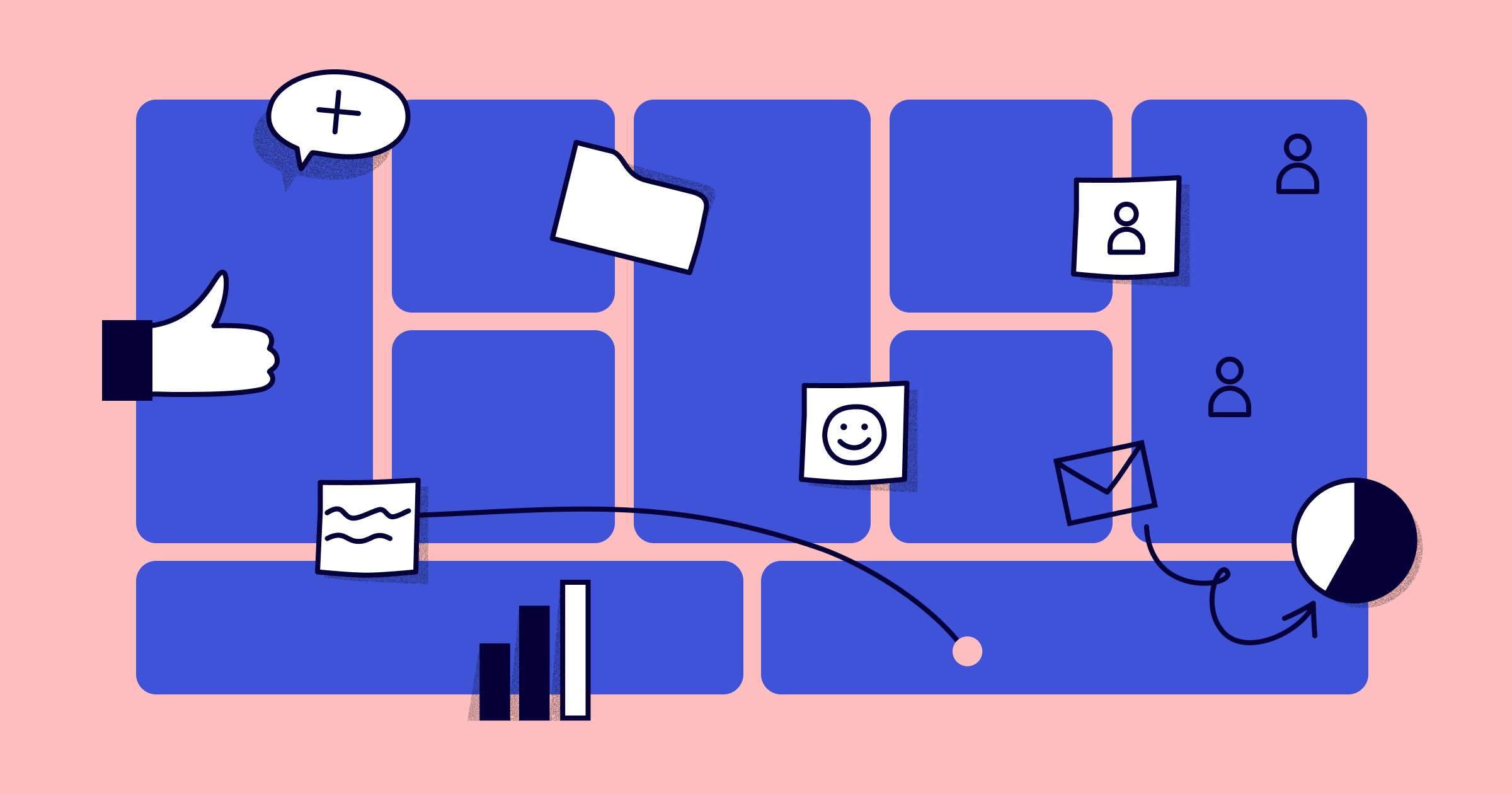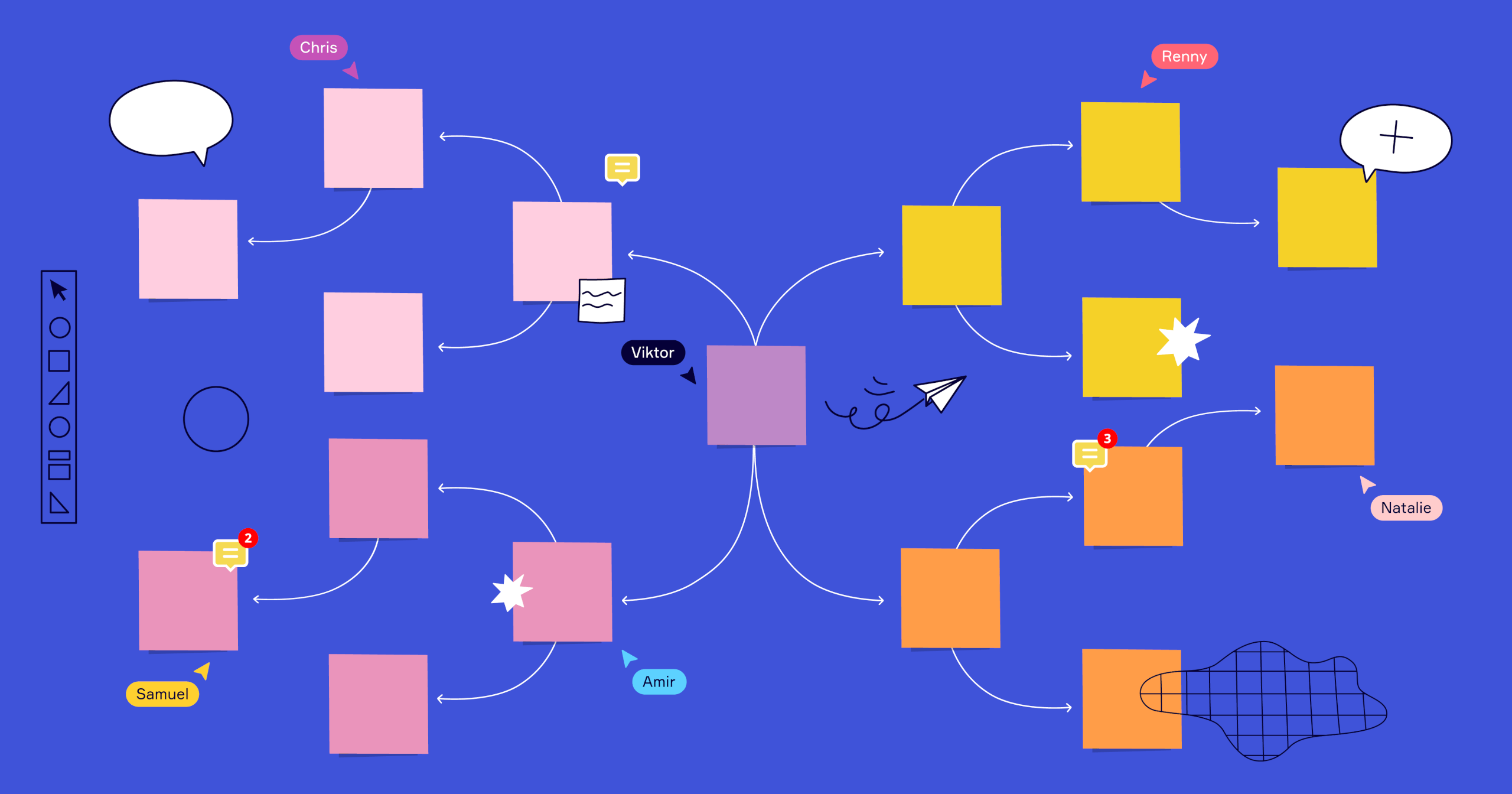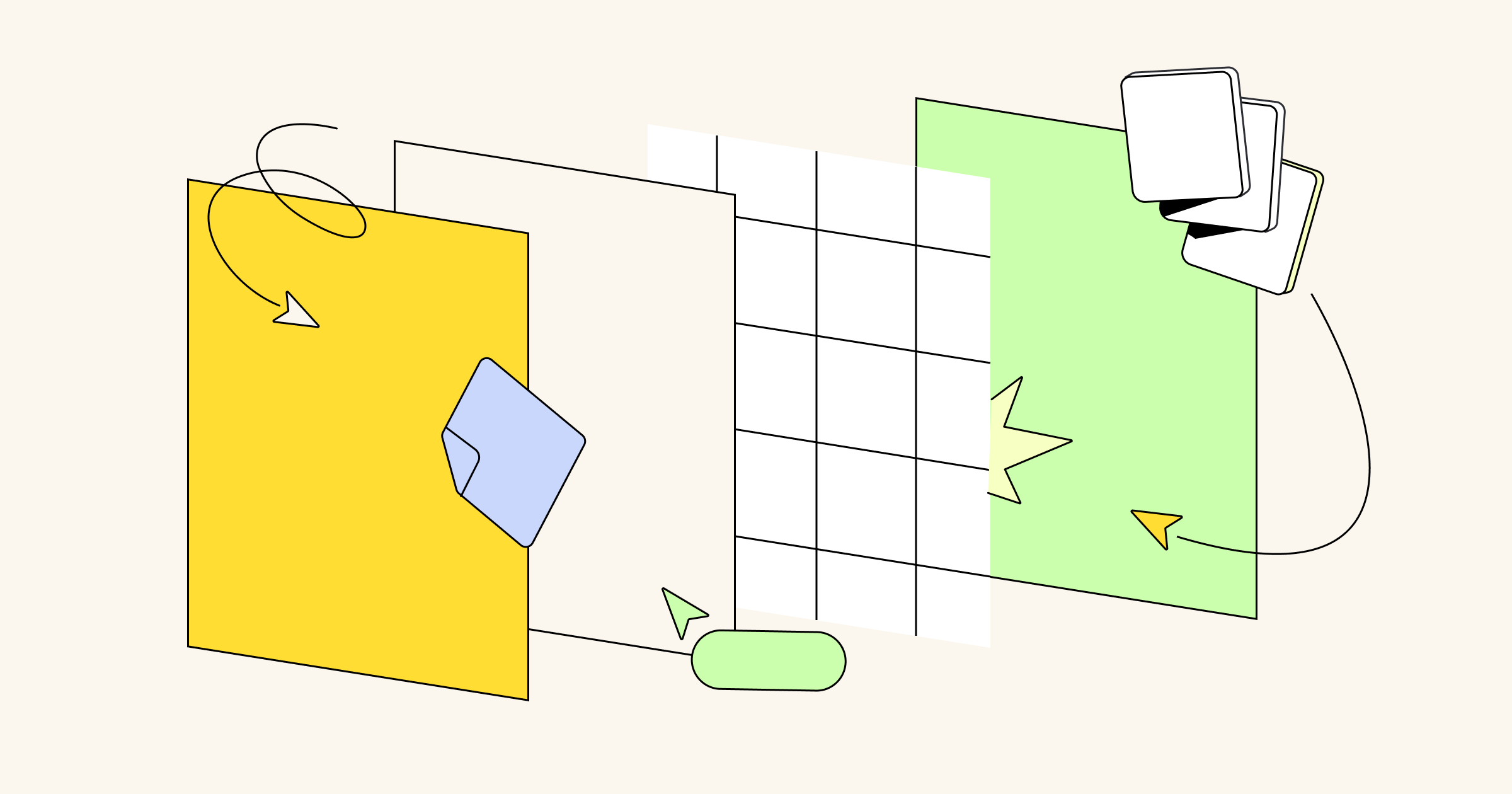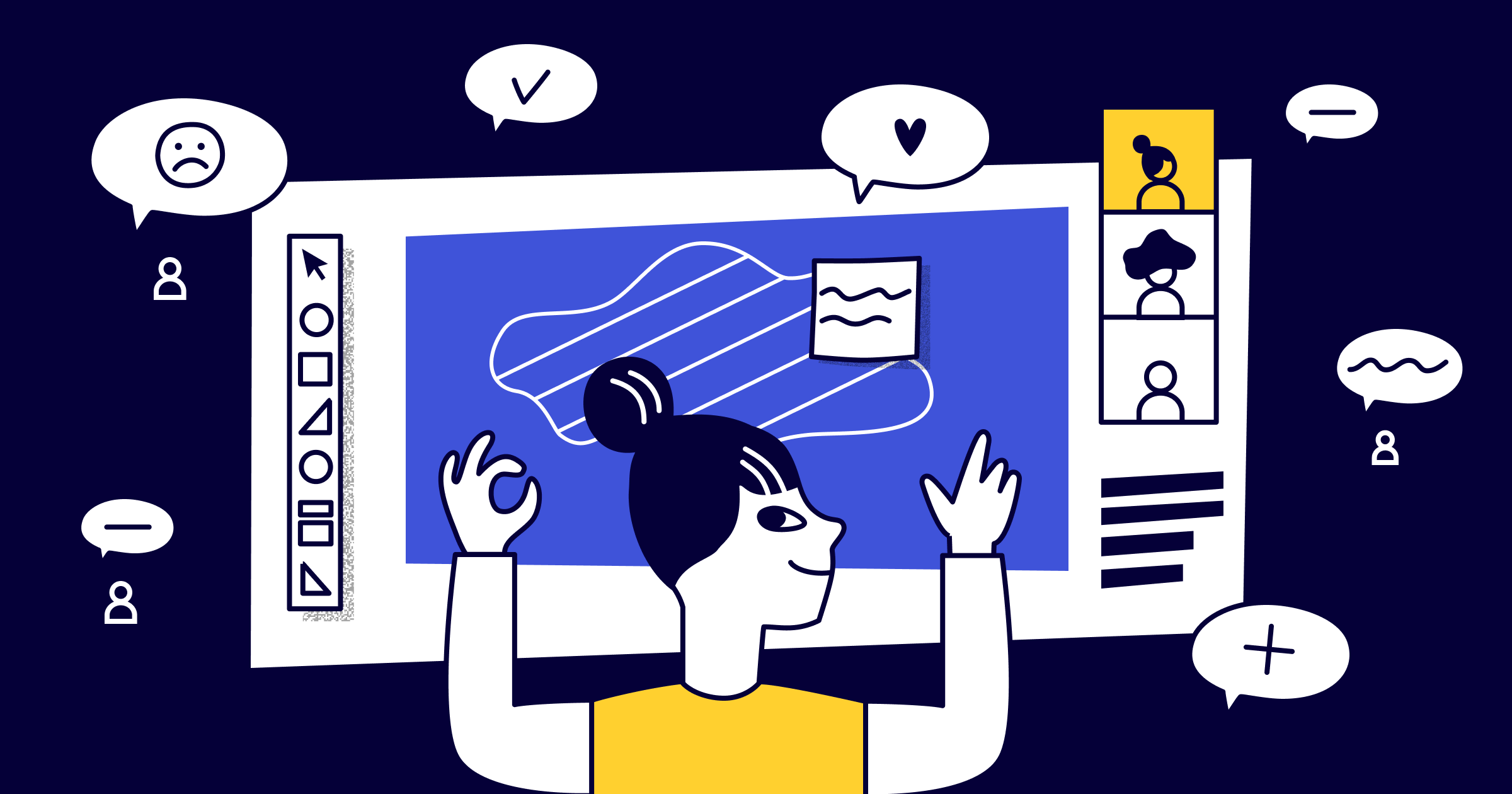Imagine that you have an idea for a new product or business. Yet, as enthusiastic as you are about the potential for this nugget of inspiration, you’re also plagued by this question: Will it work? Is it actually a viable idea?
A lean business model canvas is a one-page business plan that helps you break down your product or business model, question and test your assumptions, and determine if your idea actually has legs.
Lean business model canvas explained: What is a lean canvas?
You might also hear a lean business model canvas referred to as a variety of other, similar terms like a lean business canvas, lean business plan, or even simply a lean canvas.
This tool was created by Ash Maurya and is an adaptation of the original business model canvas by Alex Osterwalder.
You can think of a lean business model canvas as a straightforward business plan that skips the fluff and gets to the most important elements you need to identify or evaluate (primarily, the problem you’re solving).
When you have an idea for a product or business, you’ll use a lean business model canvas template to fill in the various sections (more on those in a minute) and validate your idea.
The lean canvas is most frequently used by lean startups, which use a lean startup methodology to deliver products to customers faster and determine whether or not the business model itself is viable. In short, lean startups and lean canvases are all about moving fast, testing, and iterating.
Lean canvas example
One of the best ways to understand a lean business model canvas is to see one. So, let’s set up a lean canvas as an example.
Perhaps you have an idea for a business: You want to create an app or a website that’s essentially a database of parks and playgrounds, which parents can search and filter using location, features (splash pad, baby swings, etc.), and more.
You want to dig into your idea even further using a lean business model canvas. Here’s a simple peek at what that could look like after jotting your initial notes down:

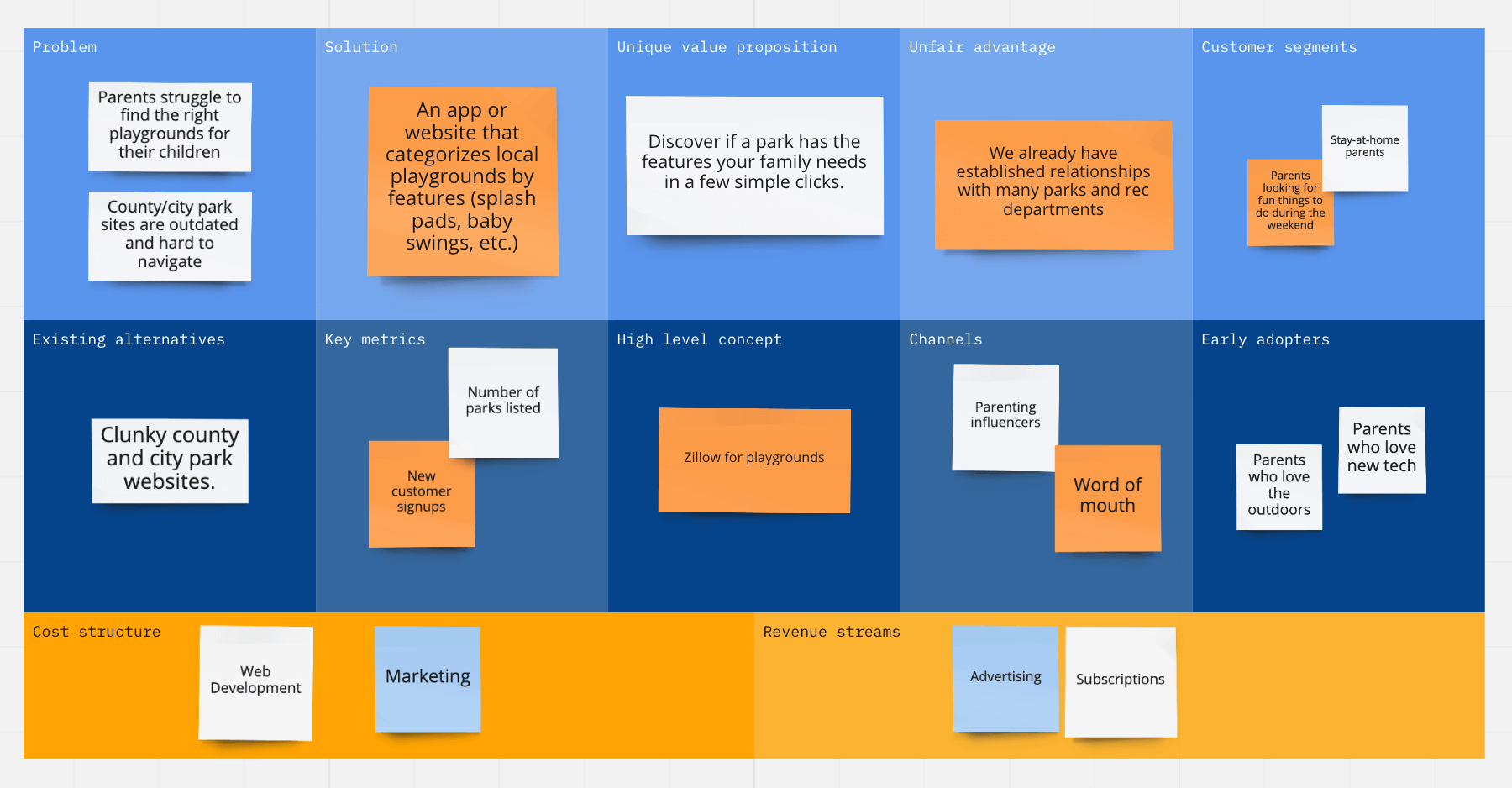
Lean canvas vs. business model canvas
There’s a lean business model canvas and then simply a business model canvas. The two terms are often confused, as they have a lot in common — and the lean canvas is an adaptation of the business model canvas.
However, the biggest difference is that a business model canvas is focused on a specific product while a lean canvas focuses on a specific problem.
This means that the business model canvas has a few blocks that you won’t see on a lean canvas. These are:
- Key partners (lean canvas replaced with problem)
- Key activities (lean canvas replaced with solution)
- Key resources (lean canvas replaced with key metrics)
- Customer relationships (lean canvas replaced with unfair advantage)
That’s the gist, but here’s a chart that digs even more into the difference between a business model canvas and a lean canvas:

What is included in a lean canvas?
Now that you have a better grip on what exactly a lean canvas is let’s break it down even further. The typical lean business model canvas has nine elements or quadrants. These are:
- Problem: A brief description of the top three problems you’re addressing.
- Solution: The proposed fix for the problem you’ve identified.
- Unique value proposition: Why your solution is different and what will make people buy.
- Unfair advantage: Something you have that can’t be easily copied or bought.
- Customer segments: Who your target customers or users are and if they can be further segmented.
- Key metrics: The important numbers that will indicate how your business is doing.
- Channels: The free and paid channels you’ll use to reach your customers.
- Cost structure: All of your fixed and variable costs.
- Revenue streams: How your business model will earn income.
However, our lean canvas template here at Miro dives even deeper with the addition of a few more elements, including:
- Existing alternatives: How these problems are currently solved today.
- High-level concept: A simple X for Y analogy (e.g., “Zillow for playgrounds”).
- Early adopters: Characteristics of your ideal customers who will jump right on the bandwagon.
How to make a lean canvas in Miro
A lean canvas can provide a lot of clarity about a business model or a product idea. Ready to create one with your own team? Getting started is easy.
- Grab our lean business model canvas template and create a new Miro board. You can put as many canvases on one board as you need.
- Define the product or business idea you’re working on, and then fill in the blocks with different types of content. You don’t just have to use text — you can also use pictures, videos, and more.
- Invite your team and/or advisors to the board so you can brainstorm, collect feedback, and collaborate in real-time.
- Come back to the board regularly to make necessary changes, add new information, and discuss progress.
And that’s it! Once you’ve created your own lean business model canvas, you can move forward with a product or business idea with more strategy — and a lot more confidence too.
